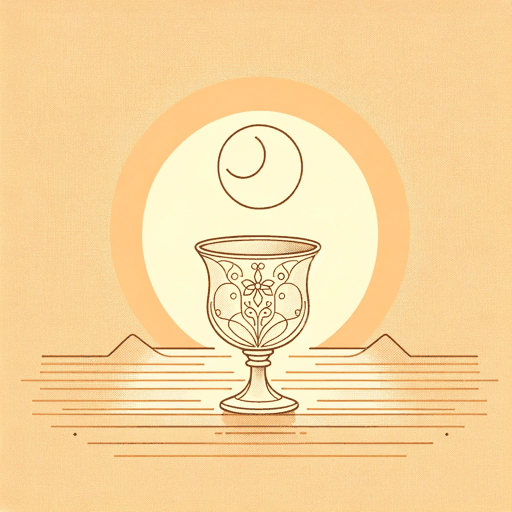40 pages • 1 hour read
Omar Khayyam"The Rubaiyat of Omar Khayyam"
Fiction | Poem | Adult | Published in 1100A modern alternative to SparkNotes and CliffsNotes, SuperSummary offers high-quality Study Guides with detailed chapter summaries and analysis of major themes, characters, and more.
Poem Analysis
Analysis: “The Rubaiyat of Omar Khayyam”
In “The Rubáiyát of Omar Khayyám,” Fitzgerald adapted to English the classical Persian “rubai,” (the second sound rhyming with “eye”), a four-line stanza with the rhyme-scheme AABA or AAAA. Though the rubai is a versatile form that had already been adapted in languages such as Turkish, Urdu, and Hindustani by the end of the 16th century, Fitzgerald’s translation was among the first to experiment with it in English. Fitzgerald’s particular innovation is to write the rubai in iambic pentameter. In Persian the line of a rubai often has 13 syllables, instead of the iambic 10, and the stresses vary.
One of the interesting aspects of the rubai is that it has an epigrammatic or sonnet-like structure, with the second couplet producing a volta or turn that inverts the idea propounded in the first couplet. Like in the sonnet, the last line performs something of a flourish or mic-drop, answering a question, making a joke, or delivering a devastating and unexpected resolution. “The Rubaiyat” vividly demonstrates this epigrammatic propensity, such as in its second verse:
Dreaming when Dawn’s Left Hand was in the Sky
I heard a Voice within the Tavern cry,
‘Awake, my Little ones, and fill the Cup
Before Life’s Liquor in its Cup be dry’ (Lines 5-8).

